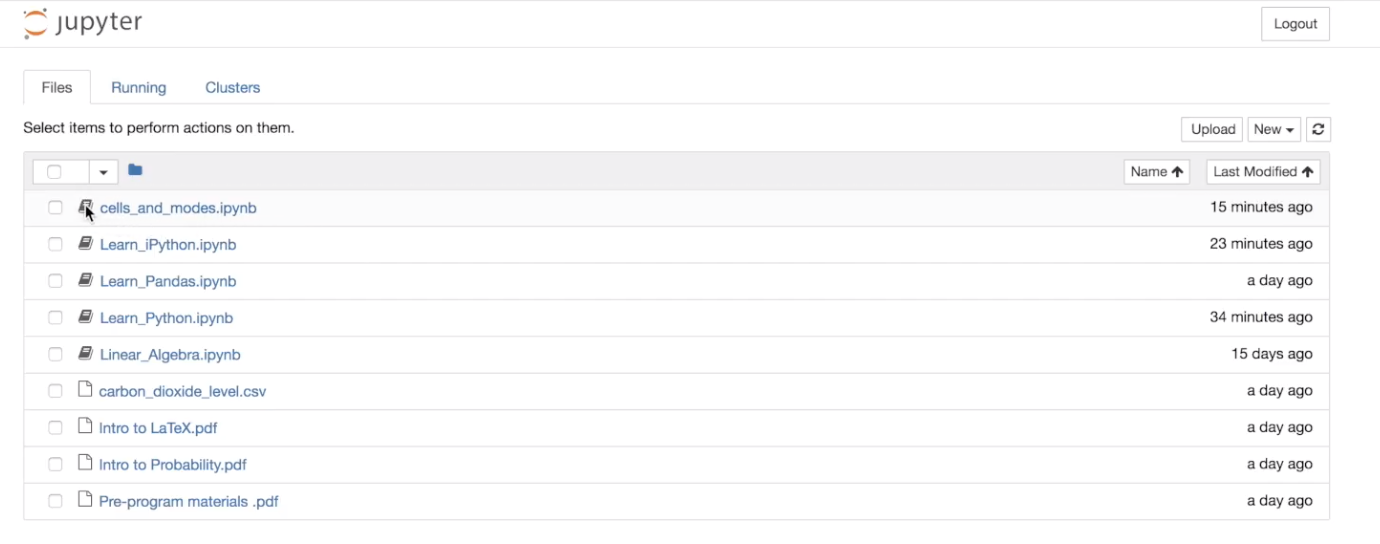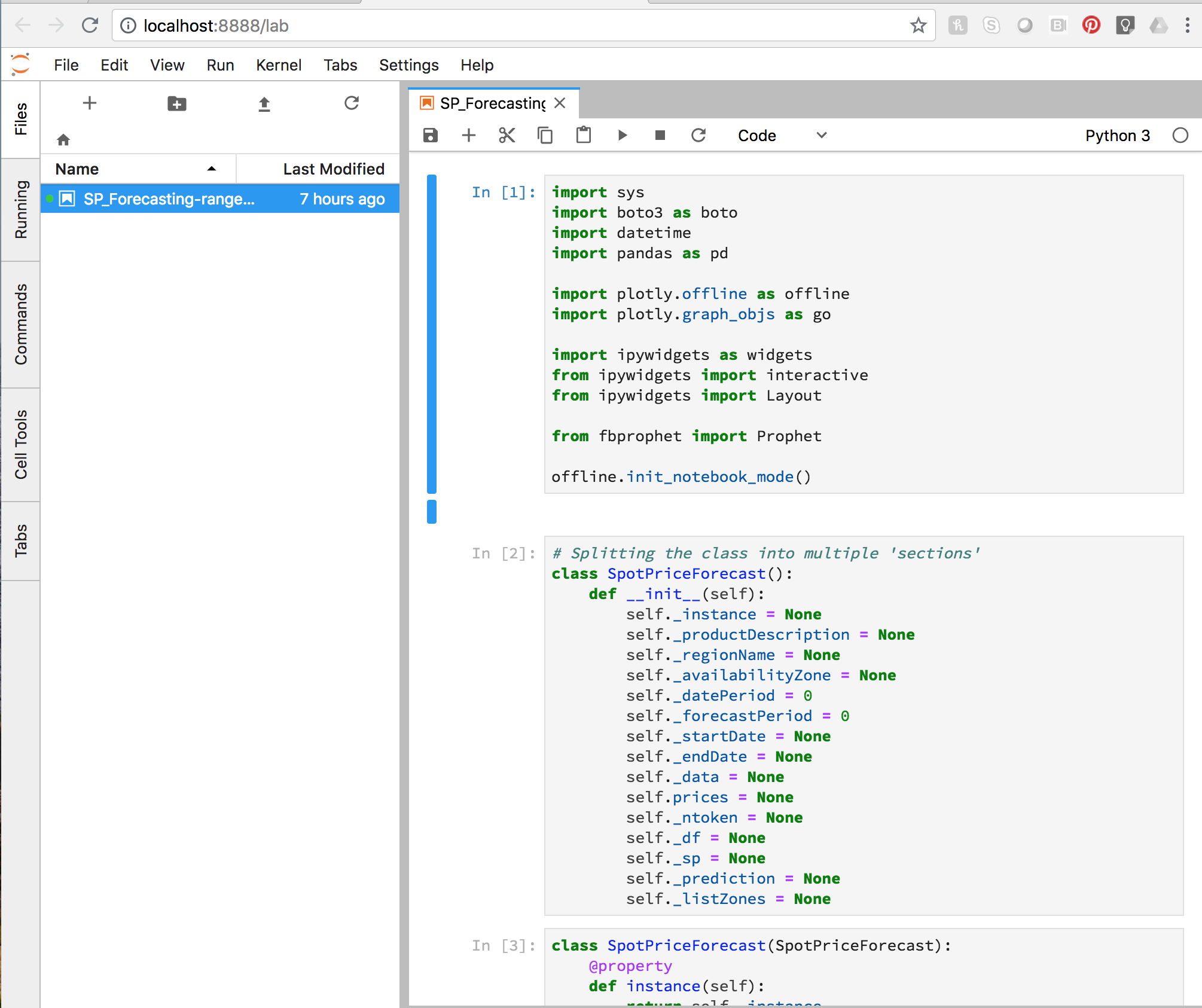

I am curious what others think about this - would it be useful? Does it seem sensible? Related topics I don’t think this would be possible currently with nbclient because it doesn’t give you the state of the live kernel after executing the notebook, but maybe it wouldn’t be too difficult to extend somehow? Thoughts? Then downstream packages can do what they want with this metadata.

For extra fanciness, since that’s in Python, you could also try to do this with jinja and support filters for extra formatting.For all items that it finds, it calls display on a variable of the same name, and replaces the curly brackets with the resulting string.It then inspects the markdown cells of the notebook, and searches for anything within curly brackets.For example, you could imagine a pattern using nbclient like: An initial implementation could be done in one of the notebook execution libraries like nbclient. I don’t think that this needs to be supported in the live user interfaces in order to be useful. If this could be done in a language-agnostic way, then it would also be really impactful for many other communities. I believe that it would be a really useful feature that would bring the RMarkdown and Jupyter ecosystems more aligned with one another. I could imagine tools like papermill and jupyter book making heavy use of this. There are more and more libraries that deal with notebooks programmatically, so codifying a pattern like this could be useful even if it weren’t supported in the interactive user interfaces. In a user study, HeaderGen helps participants finishĬomprehension and navigation tasks faster.I am wondering if there is a way that this pattern of moustache insertion could be generalized as a part of the Jupyter Notebook specification. The header generation hasĪ precision of 82.2% and a recall rate of 96.8% with regard to headers created Google), pyright (by Microsoft), and Jedi fall short. Of external libraries where existing type inference tools such as pytype (by This is because HeaderGen can resolve return-types HeaderGen's underlying call graph analysis yields high accuracy (96.4%

The evaluation on 15 real-world Jupyter notebooks from Kaggle shows that
#JUPYTER NOTEBOOKS CODE#
Information to perform pattern matching on code syntax to annotate code cells. The former is realized by facilitating the HeaderGen extends P圜G's analysis with support for handling external libraryĬode and flow-sensitivity. For this functionality to be realized, HeaderGenĮnhances an existing call graph analysis in P圜G.

Machine-learning operations, and classifies and displays function callsĪccording to this taxonomy. Presents HeaderGen, a novel tool-based approach that automatically annotatesĬode cells with categorical markdown headers based on a taxonomy of Platforms are undocumented and lacks a narrative structure. However, that a large portion of Jupyter notebooks available on public The de-facto standard for creating and sharing machine-learning based
#JUPYTER NOTEBOOKS PDF#
Download a PDF of the paper titled Enhancing Comprehension and Navigation in Jupyter Notebooks with Static Analysis, by Ashwin Prasad Shivarpatna Venkatesh and 3 other authors Download PDF Abstract: Jupyter notebooks enable developers to interleave code snippets with


 0 kommentar(er)
0 kommentar(er)
